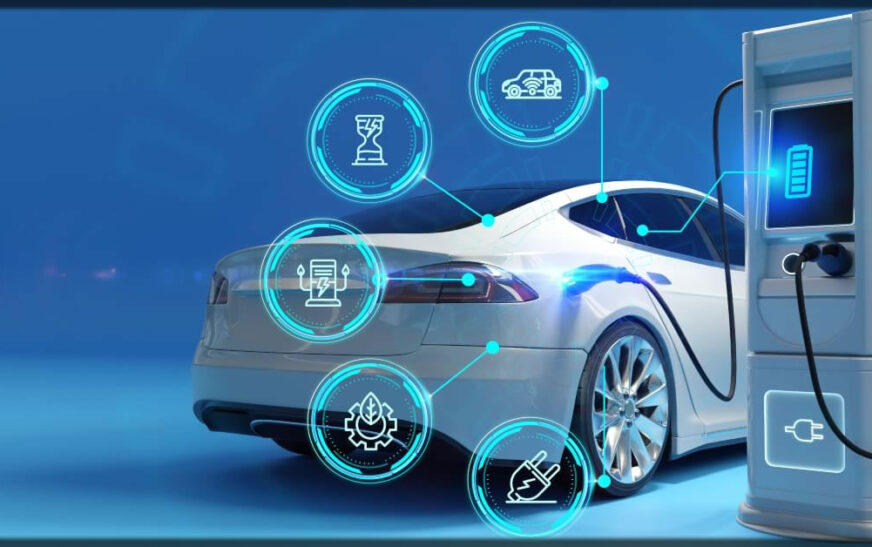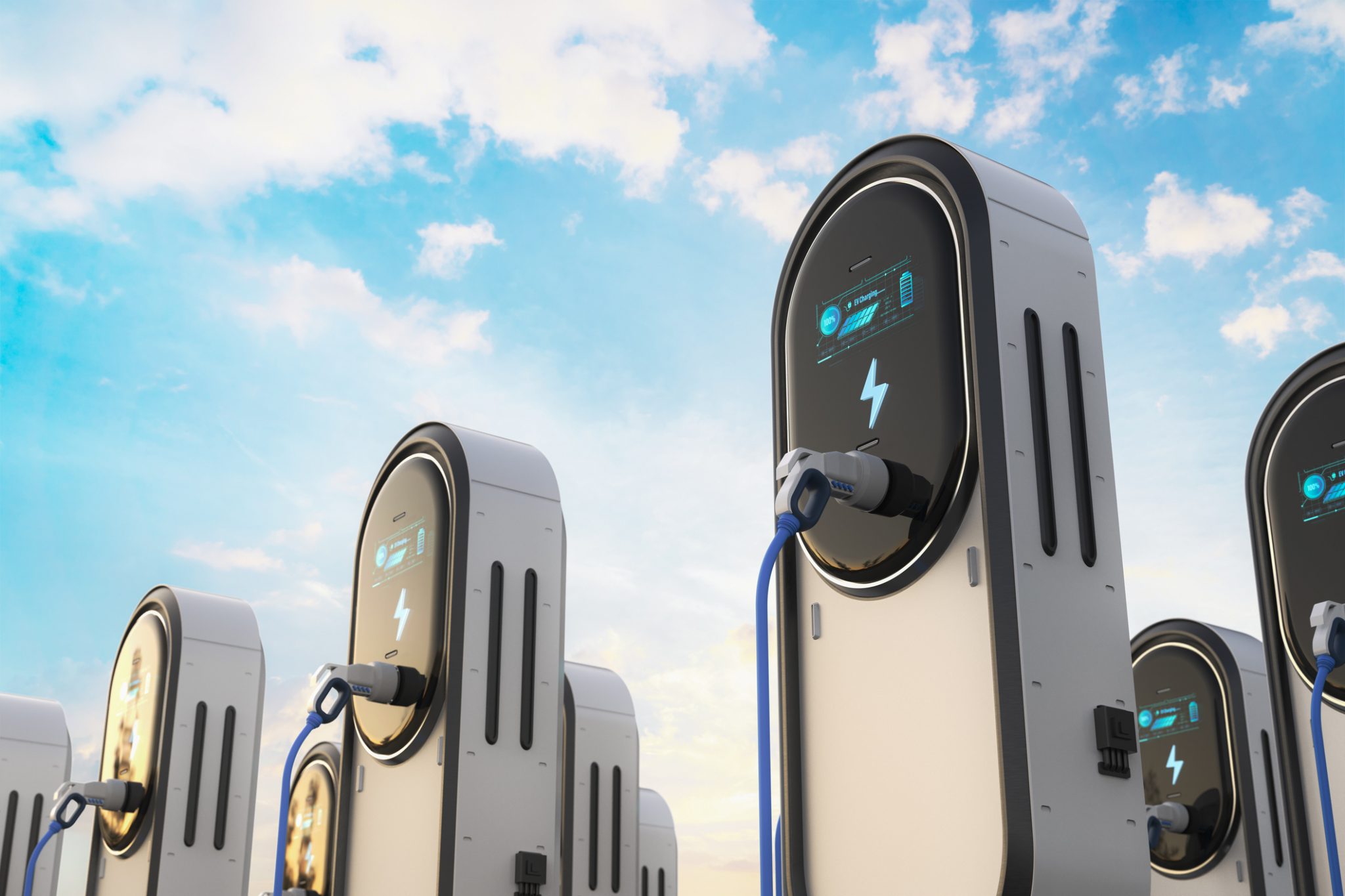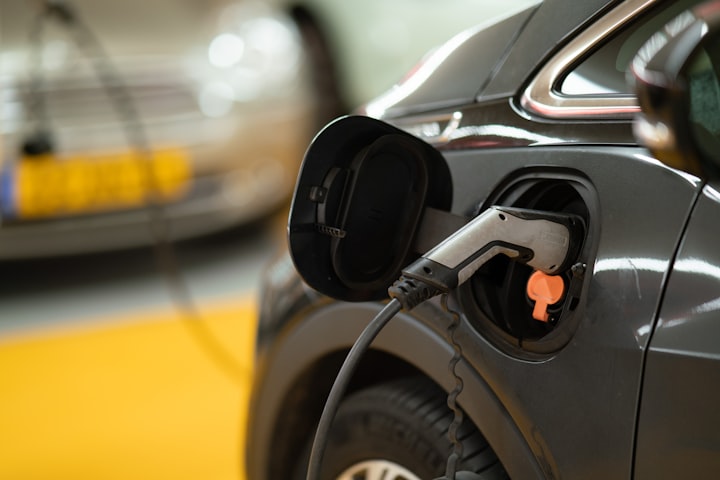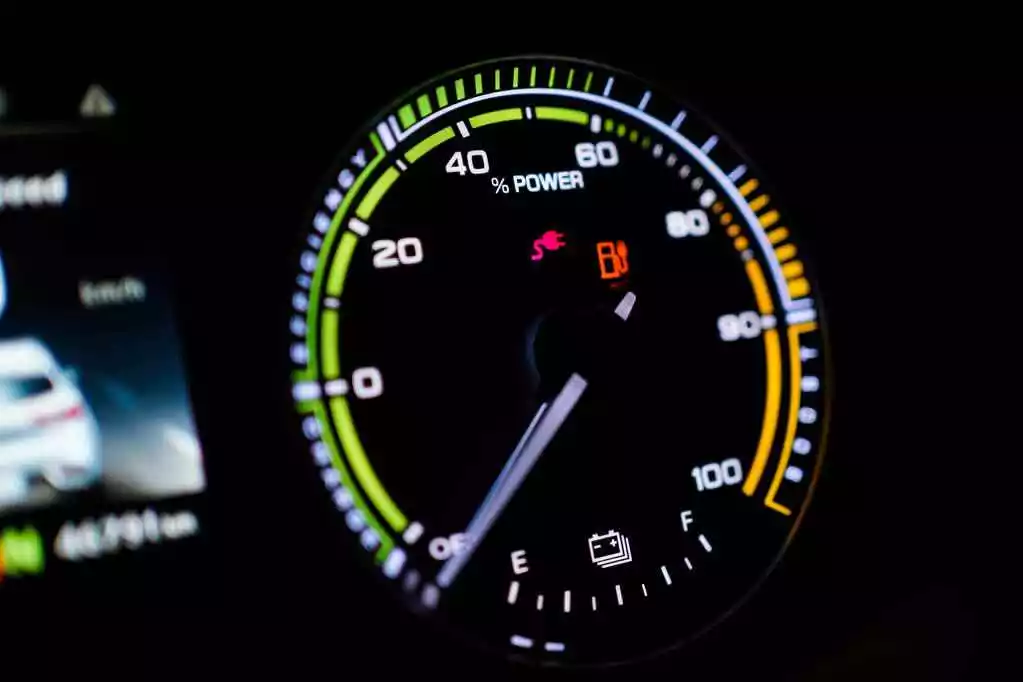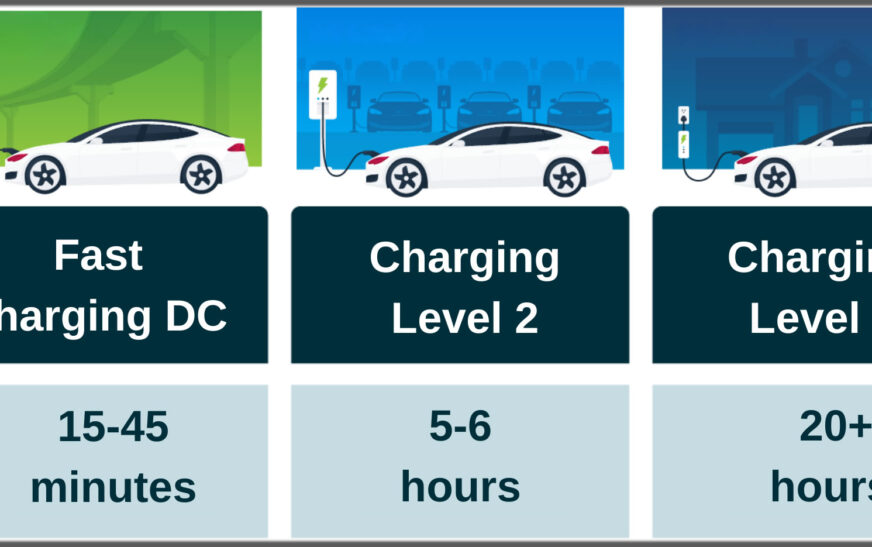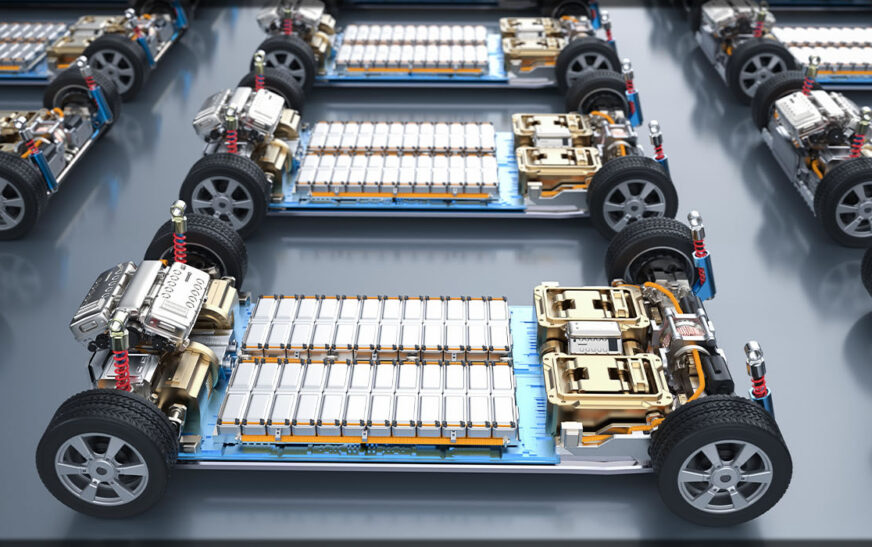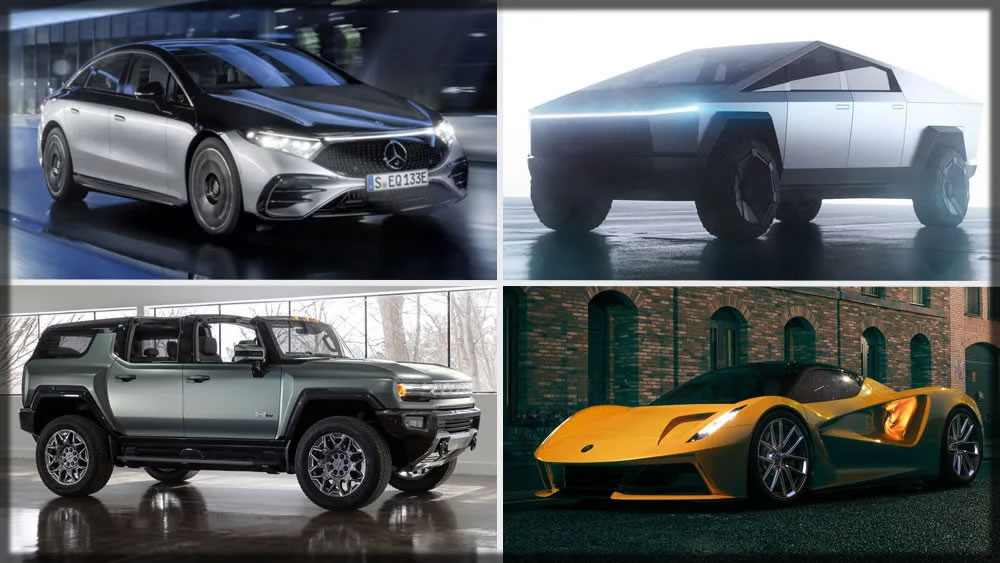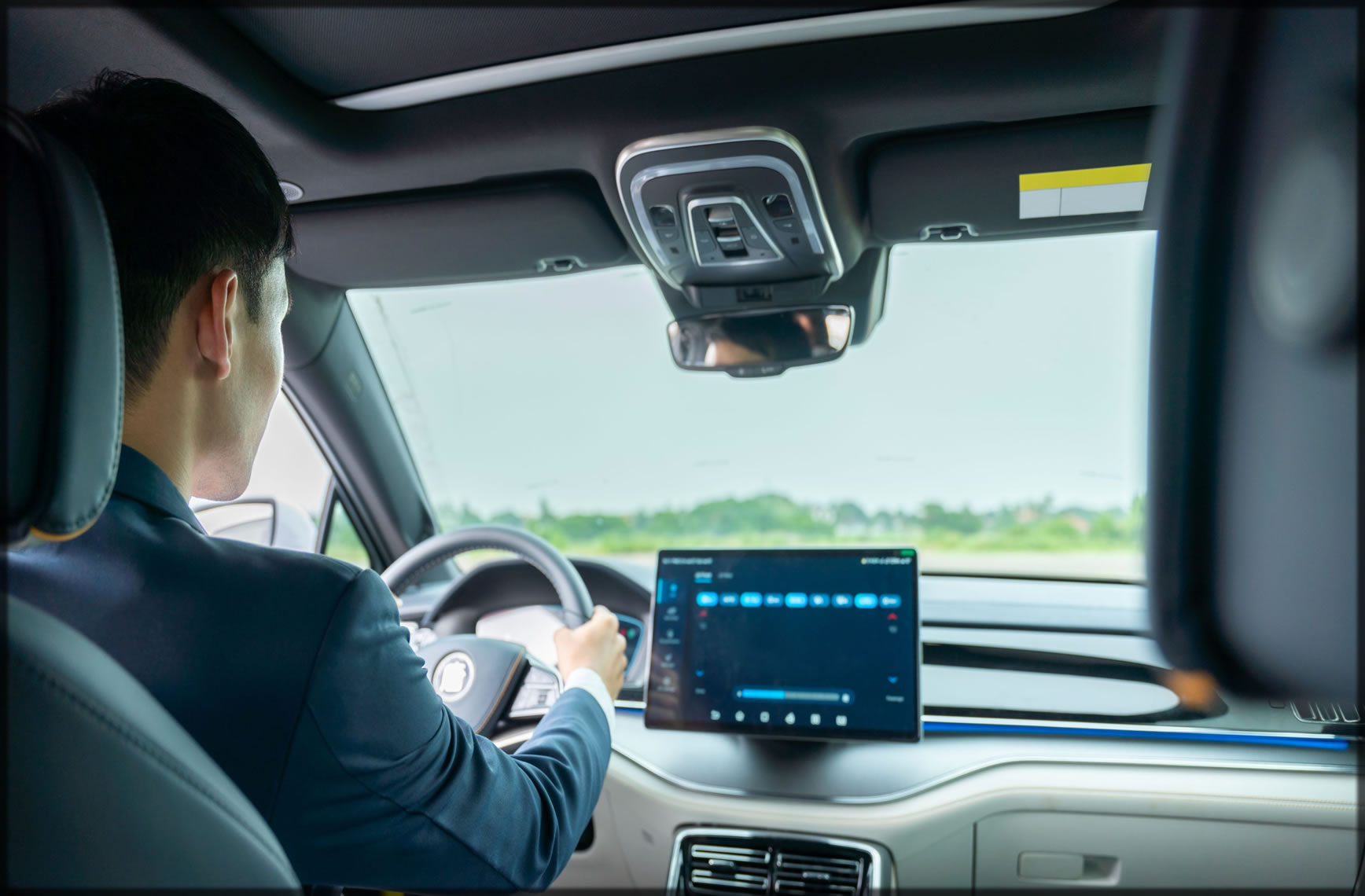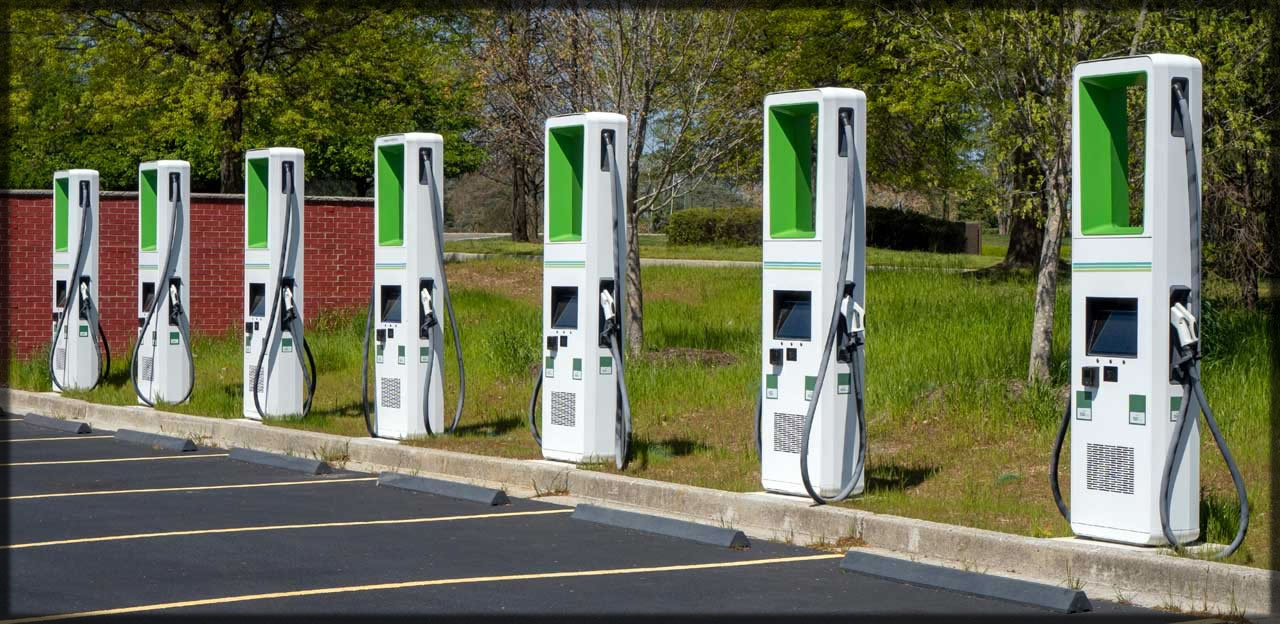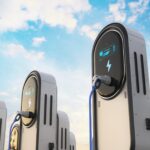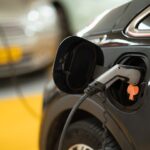The Pros and Cons of Having an Electric Car in 2025. Electric cars (EVs) have developed a lot over the past decade, and nowadays, they’re not only efficient and affordable but increasingly popular, too. As the planet keeps moving towards renewable sources of energy, EVs have emerged as a strong contender in minimizing carbon footprints and use of fossil fuels. By 2025, EV technology in terms of battery life, charging networks, and price has developed, and therefore, they’re a viable option for most drivers. Nevertheless, even with a lot to gain, EVs have a few drawbacks, too, and future buyers must consider them when deciding to switch over. In this article, we explore both the positive and negative aspects of driving an electric car in 2025, with consideration for new improvements and ongoing obstacles.
Pros of Having an Electric Car in 2025
Reduced Operating Expenses
One of the biggest economic advantages of EV ownership is the lower operating cost compared to traditional gasoline-powered vehicles. The cost of electricity per mile is significantly lower than gasoline, allowing EV owners to save on fuel. Electric vehicles also have fewer moving parts compared to ICE vehicles, which reduces maintenance needs. Since EVs never require oil changes, spark plugs, fuel filters, or timing belt replacements, owners spend considerably less on service. Brake wear is also minimized using regenerative braking, decreasing the wear on traditional brake pads and extending their lifespan.
Environmental Benefits and Reduced Footprint
A major advantage of EVs is their contribution to the environment. Unlike conventional gasoline cars, EVs have no tailpipe emissions, and this helps in curbing greenhouse and air pollutant emissions. With a global move towards curbing climate change, most countries have transitioned towards producing electricity through renewable sources including solar, wind, and hydroelectricity. This helps in minimizing EVs’ indirect greenhouse footprint even more, and they become even more sustainable. Besides, advances in battery recycling and secondary use have lowered concerns regarding battery disposal, and EVs have become even cleaner and environmentally friendly.
Government Incentives and Financial Assistance
To encourage use, many governments around the world have financial incentives in 2025, such as tax credits, rebates, and grants, that make purchasing an EV less expensive at first. There are even non-fiscal incentives in many areas, such as free or reduced tolls, carpool toll-road privileges, and reduced car registrations. There is additional investment in charging infrastructure, both private and public, to make charging less complicated and convenient for EV owners.
Improved Battery Technology and Higher Mileage
Battery technology has developed a lot, with most EVs in 2025 providing a range of over 300 to 400 miles per full charge. There have been new battery chemistries, including solid-state batteries, with increased energy density, providing extended range and reduced charging times. Manufacturers have also concentrated on extending battery life, with most EVs providing warranties for battery performance for a period of 10 years. Fear of battery degradation has reduced with newer EVs designed to maintain a high proportion of battery capacity even with years of use.
Increasing Charging Infrastructure and Quicker Charging
One of the largest impediments to EV use in years gone by was access to charging infrastructure. Today, in 2025, charging infrastructure is ubiquitous, however. Fast-charging terminals can be located in urban settings, highways, and even rural areas, and long distance driving is a growing reality. Ultra-rapid chargers delivering 250 kW to 350 kW have become ubiquitous, and drivers can refuel in 15 to 30 minutes. Home charging options have become even more convenient, with smart chargers enabling owners to schedule off-peak charging in an attempt to save on electricity bills.
Quiet, Smooth, and High-Performance Ride Quality
EVs provide a quieter and smoother driving environment compared to traditional gasoline-powered cars. There is no roar of an internal combustion engine, and hence, a quiet ride. Electric motors have an immediate torque, and with it, quick acceleration and a snappier driving feeling. Most EVs have a performance advantage over gasoline-powered cars in both acceleration and efficiency, and performance enthusiasts will enjoy them for that.
Disadvantages of Electric Car Ownership in 2025
Greater Upfront Cost Compared to Gasoline-Fueled Vehicles
Despite decreasing battery costs and incentives, EVs have a relatively higher initial purchase price over gasoline cars. Even with less fuel and maintenance, the overall cost of ownership is less in the long run, but an initial payment can serve as a deterrent for most buyers. Luxury and high-performance EVs are even more costly, and even with budget cars, a budget-conscious purchaser can at times opt for a gasoline car over them.
Charging Time and Infrastructure Limitations
Although charging times have increased, refuelling an EV takes longer compared to a gasoline-powered car. Home charging is convenient, but for many, not having a private garage and charging point can make it challenging to maintain an EV with a full charge. Public charging in high-use locations can become congested, and one can have to wait for a charging point to become free. Some areas lack enough fast-charging infrastructure, and long-distance driving can become a problem for EV owners who use public charging points.
Battery Replenishment and Degradation Costs
While modern batteries in EVs have a long life, over a period, efficiency and range will suffer, and they will degrade. Most manufacturers have warranties for battery performance, but a replaced battery out of a warranty period can become a cost. With technology and in recycling improvements, such replacements have become less prevalent, and a few companies have begun offering refurbished, even second-life, batteries in an attempt to save costs.
Limited Model Availability in Certain Segments
While the range of EVs is growing, certain vehicle segments—such as off-road vehicles, heavy trucks, and certain affordable compact SUVs—still have fewer EV choices. As makers expand their electric lines, some buyers may find that the existing EV models do not meet their specific needs. Production delays and supply chain constraints can also impact the availability of certain EV models in some markets.
Dependence on Electricity Pricing and Grid Stability
Charging fees for EVs fluctuate with the cost of electricity, and this, in itself, may be based on location, time of use, and demand. Peak-hour pricing in certain locations makes charging expensive at certain times of a day. As there is a greater number of EVs in the market, issues of grid stability have grown, but smart grid technology and V2G technology are being developed to negate such issues by storing and feeding back power to the grid upon demand.

Conclusion
Owning an electric vehicle in 2025 has numerous benefits, including lower operating costs, better for the environment, government rebates, and improved battery and charging technology. There are, however, a range of challenges, such as higher upfront costs, charging infrastructure, and battery life issues. As the EV market continues to mature, most of these drawbacks will diminish, and electric vehicles will be an increasingly practical and appealing choice for consumers. For prospective buyers, a switch to an EV will depend on driving behaviour, availability of charging infrastructure, and financials. With rapid technology development and increased government incentives, future prospects for EV ownership look rosy. Do I assist in discovering 2025’s best EV options?

